Also known as the Caribbean of the Rockies, Bear Lake stretches out 109 square miles and offers countless recreational opportunities, from boating to caving and everything in between!
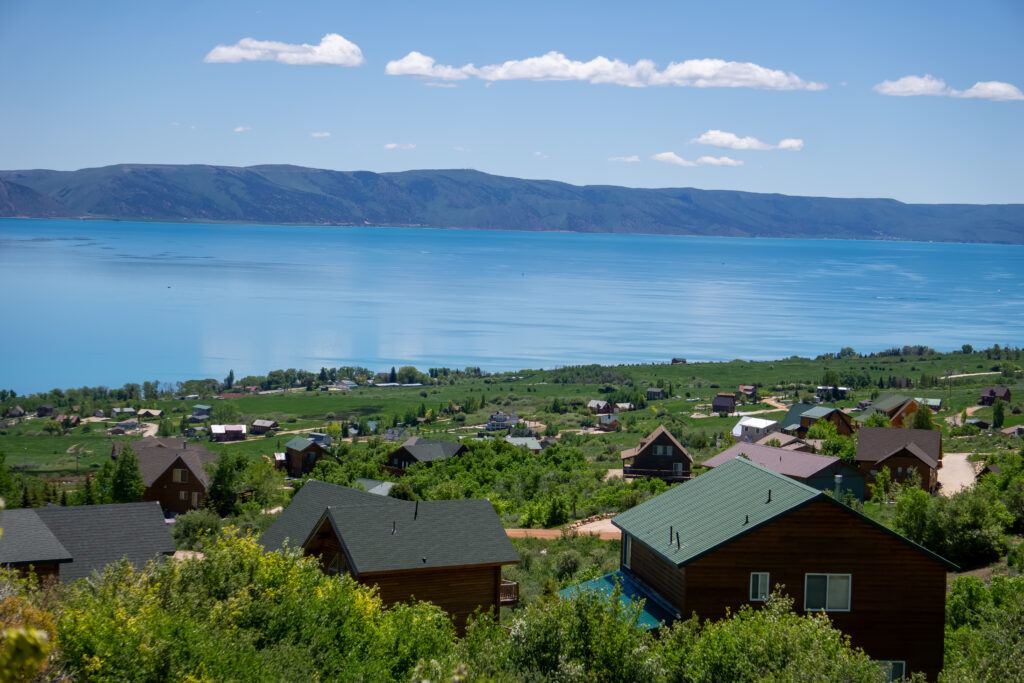
Photo Credit: Chase-Karli Willden
Bear Lake is also located right on the Utah-Idaho border so you can set up your homebase in various places ranging from the bustling town of Garden City in Utah to the charming, laid-back community of Fish Haven in Idaho. Wherever you stay, you will be rewarded with incredible views of Bear Lake’s blue waters and the picturesque Bear Lake Valley surrounding it. Not to mention unparalleled views of the Wasatch Mountain Range on the northeast front!
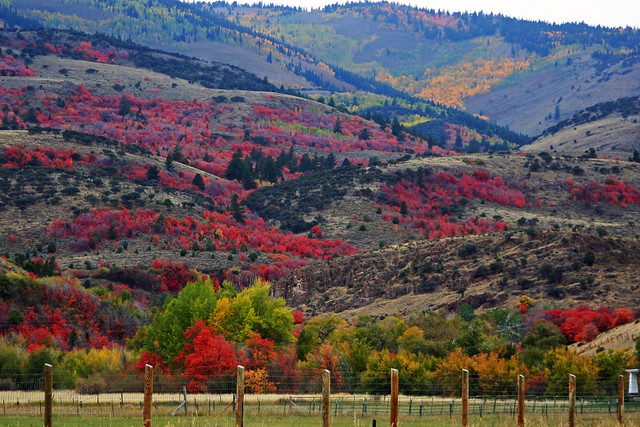
Photo Credit: Nicholas D. via Flickr CC 2.0
But what makes Bear Lake that much more inviting is that it not only makes for the perfect location for a cabin rental but is also filled with a rich history that can be admired from just about any angle. From the historical sites to the lake itself, there is so much to learn about this beautiful location! So that leaves one question – why is Bear Lake called Bear Lake?
An Indigenous Beginning
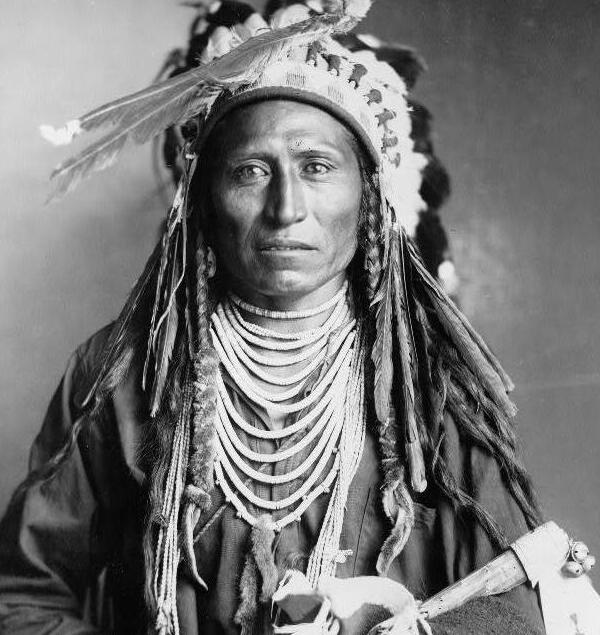
Photo Credit: Picryl via Google Images CCL
To truly understand the history and origin of Bear Lake, it is important to consider just how long this area has been inhabited. Various Native American tribes have called this place home for over 12,000 years.
Some of these tribes included the Bannock, the Ute, and the Shoshone. They would navigate between the Great Salt Lake Valley and the Bear Lake Valley by following the food sources and, in doing so, avoiding harsher weather.
The tribes gathered plants to help them through the colder months and often hunted for mammals like bison, pronghorn, and deer. When they weren’t out hunting and gathering in the nearby canyons, forests, lakes, and rivers, they would frequently camp by the shores of the wide-sweeping Bear Lake. This was also a great homebase because it provided the tribes with a plentiful food source of fish like the easy-to-catch cutthroat trout.
As time went on, these tribes began to exchange goods with one another. This was an important practice because, by the early 1800s, mountain men would also make their way to the shores of Bear Lake.
The Origin Story
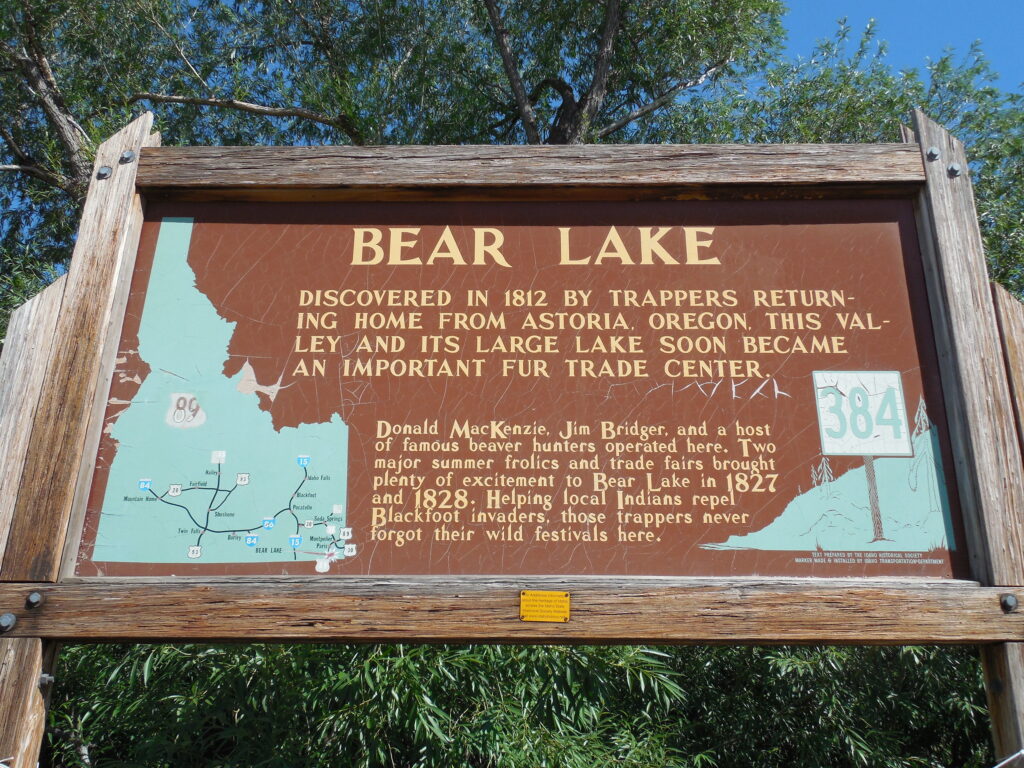
Photo Credit: Jimmy Emerson, DVM via Flickr CC 2.0
In 1818, a group of European mountain men who were trappers for the Northwest Fur Company paddled their way up the Bear River and arrived at what would eventually become Bear Lake.
One of the trappers was a Scotsman by the name of Donald McKenzie, and upon his arrival, he decided to name the lake Black Bear Lake – which was later shortened. They were here, in fact, to trap animals of this kind, so it only seemed fitting. As time passed and the mountain men continued exploring the area, the name was shortened to Bear Lake. Fur trappers and traders also called it Sweet Lake.
Whether or not this is true is one thing, but there is no denying that the Bear Lake Rendezvous of 1828, also known as the Rocky Mountain Rendezvous, was one of the most iconic events in Bear Lake’s history when the Smith, Jackson, and Sublette Company chose the location as it’s first lakeside trading post.

Photo Credit: howderfamily.com via Flickr CC 2.0
Hosted at what is now Rendezvous Beach in Bear Lake State Park, nearly 10,000 American Indians and thousands of mountain men gathered during the summers of 1827 and 1828, including famous mountain men like Jedediah Smith and Jim Bridger. The east side of Bear Lake became a stomping ground for fur trading, storytelling, and gambling.
As mountain men began exhausting their trapping perimeters, they continued to push west, looking for new opportunities. This led to what is known as the Oregon Trail and the Oregon Trail-Bear Lake Scenic Byway, a scenic drive that makes a great way to experience both the history and the incredible views that go with it.
Today, you can also head down to Laketown, Utah, to learn more about the lake’s rich rendezvous history.
The Legend of the Bear Lake Monster
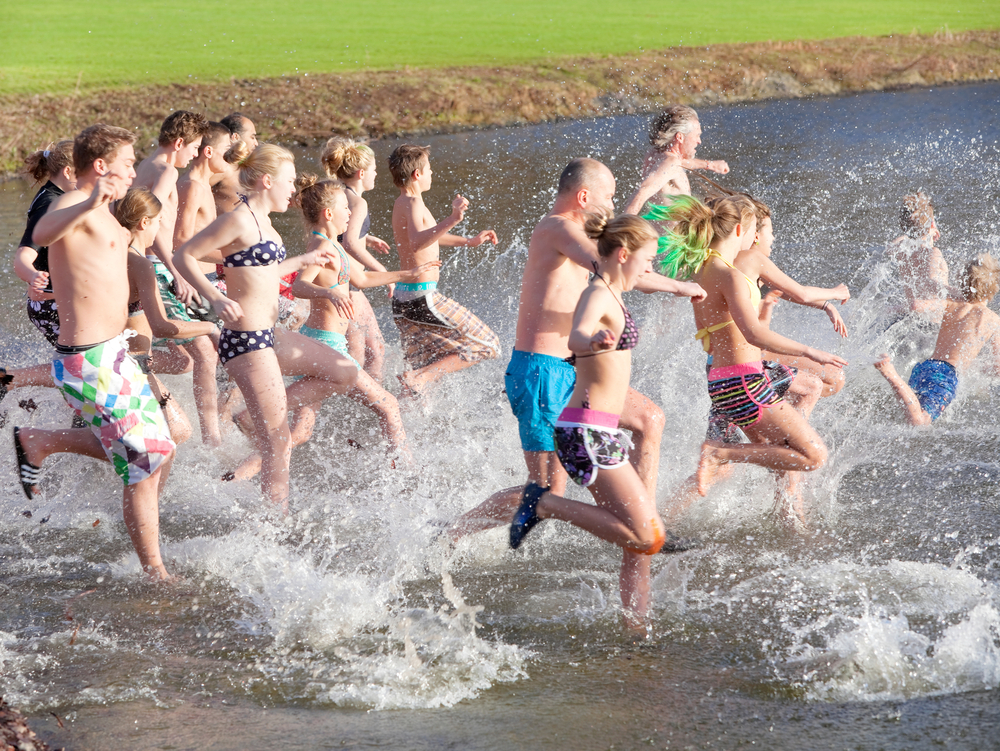
Photo Credit: Gertan
While many Europeans and Mormon pioneers made their way through the Bear Lake Valley, no one decided to settle here until 1863. Led by Brigham Young, a group of Mormon settlers established Paris-Bear Lake’s first official community.
To do so, Young and his people worked out a peace treaty with the Native American tribes, but this was just the beginning. As time went on, more settlers made their way to the Bear Lake valley and established small towns along Bear Lake’s shore.
One of these settlers was a man by the name of Charles C. Rich. He was an apostle for the Church of Jesus Christ of Latter-Day Saints and was the founder of Rich County, where Bear Lake now resides. These two factors made him an icon of his time, so it was safe to say that anything he said was considered golden and irrefutable.
Home to more than just the iconic Bonneville Cisco fish, Charles C. Rich believed Bear Lake had a monster! In 1868, the Desert News published an article that included multiple eyewitness accounts from Charles C. Rich himself. He stated that he had seen what would become known as the Bear Lake Monster amongst the lake’s waters on various occasions.
Today, the Bear Lake Monster is still an iconic figure in Utah folklore. Every January, anglers and locals alike participate in the Bear Lake Monster Winterfest. This winter event includes the Cisco Disco, a fish-catch-grill extravaganza, and a polar plunge!
Home of the Famed Butch Cassidy Robbery
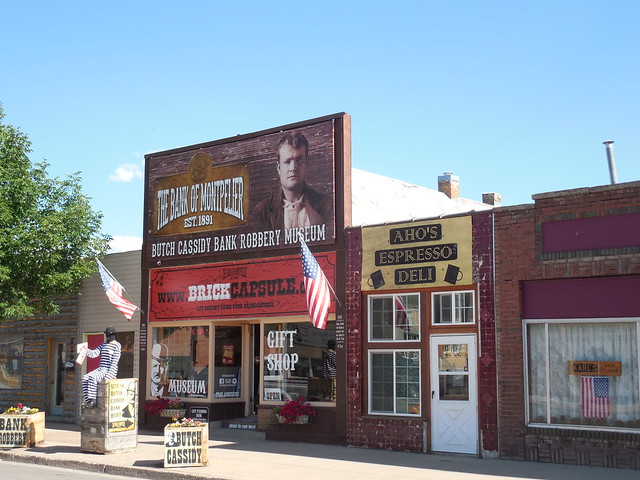
Photo Credit: Jimmy Emerson, DVM via Flickr CC 2.0
The interesting stories of Native Americans, mountain men, and the Bear Lake Monster is enough to have history buffs running to the shoreline, so the Butch Cassidy robbery is just icing on the cake.
During the summer of 1896, Butch Cassidy and his two accomplices, William Ellsworth Lay, and Henry Meeks, robbed the Bank of Montpelier. Not only was this the first bank that the gang robbed together, but it was also the first bank robbed in southeastern Idaho. To make it that much more interesting, it is the only bank Cassidy robbed still standing today.
The bank has since been restored, and you can visit it today to see where the iconic bank robber first learned to walk (or rob banks!). Stop by the Butch Cassidy Museum in Montpelier, Idaho, to stand where Cassidy once stood and relive the tale of one of Cassidy’s most famous robberies.
Fun Fact: During this robbery, the Wild Bunch Gang stole 7,000 dollars, equivalent to more than 150,000 dollars today!
A Lake Steeped in History
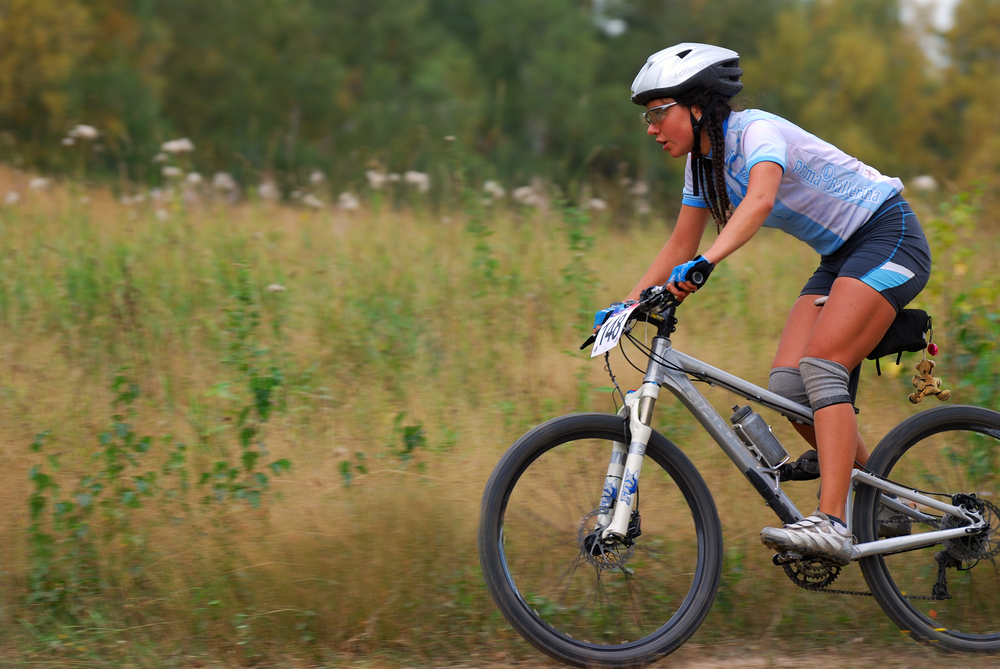
Photo Credit: Dmitry Yashkin
Come to enjoy the turquoise blue freshwater lake and stay awhile to experience the intriguing history of Bear Lake. This year-round destination offers plenty, including boating, mountain biking, hiking, wildlife watching, fishing, snowmobiling, and historical stops.
Walk along the beach where mountain men and Native Americans once exchanged stories, spend time along the shoreline looking for the infamous Bear Lake Monster, explore the first settled community in Paris, and stand in the same spot as the iconic Butch Cassidy. The options are endless when you book a Bear Lake getaway!

